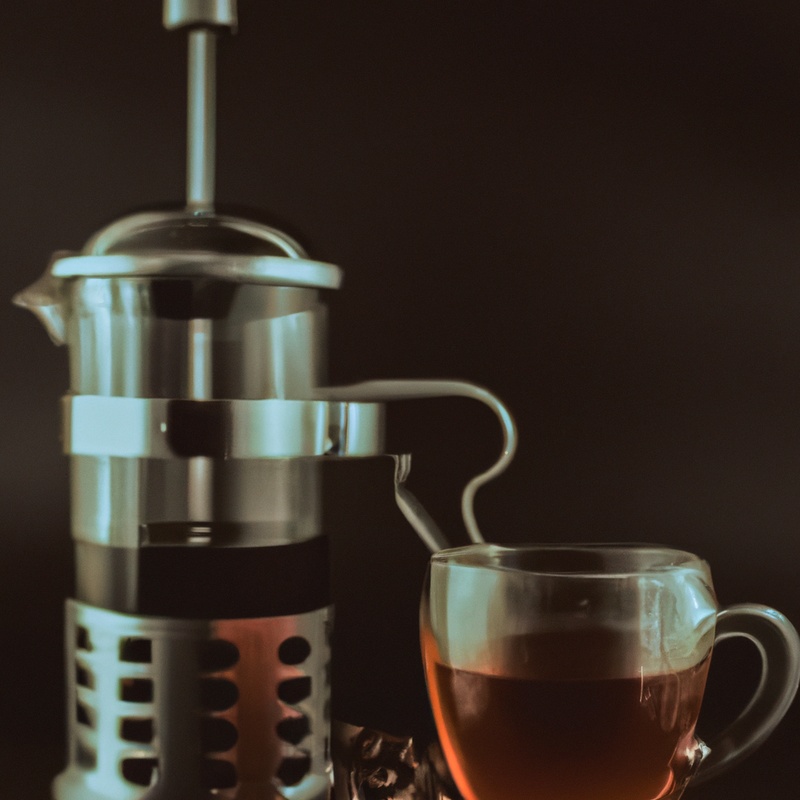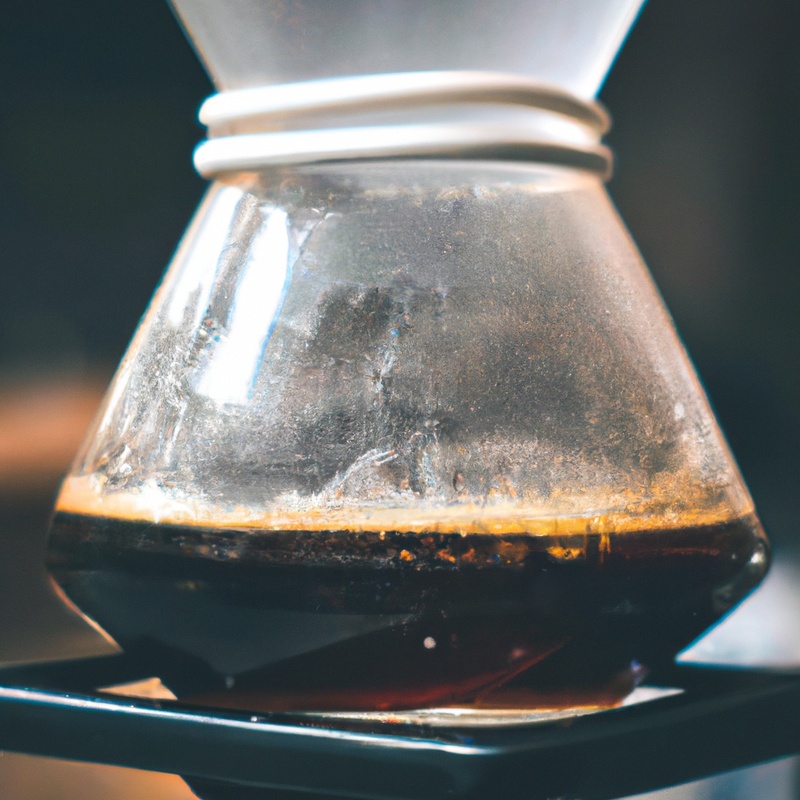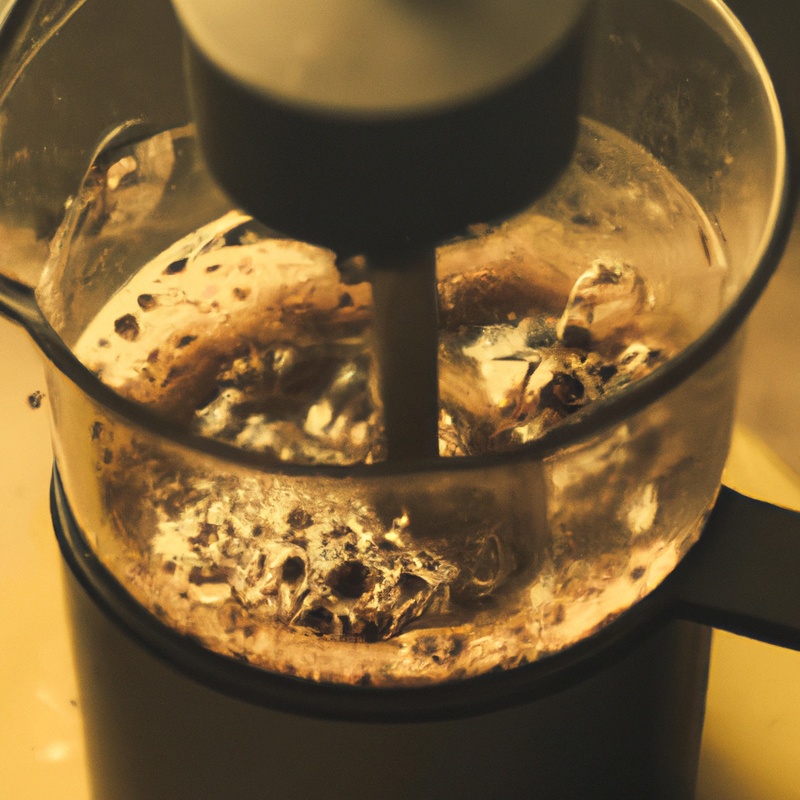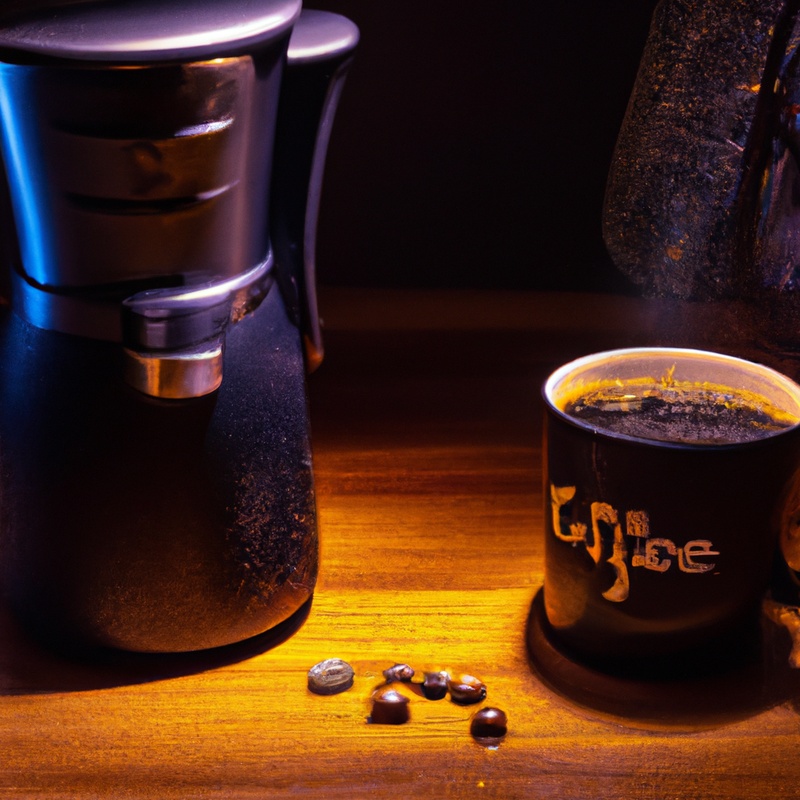Key Takeaways:
- Use freshly roasted whole bean coffee for best flavor.
- Grind the beans just before brewing to preserve freshness.
- Experiment with brewing methods and water ratios for desired taste.
- Enjoy your freshly brewed whole bean coffee!
Are you tired of mediocre coffee that fails to awaken your senses? It’s time to elevate your java game with whole bean coffee! In this article, we’ll delve into the art of brewing whole bean coffee and discover why it’s worth the extra effort.
From selecting the perfect roast to grinding the beans with precision, we’ll guide you through the entire process.
Plus, we’ll share some expert tips to help you master the art of brewing the perfect cup. Get ready to embark on a journey to coffee nirvana as we unravel the secrets behind brewing whole bean coffee!
| Steps | Instructions |
| 1. Choose and measure coffee beans | – Select your preferred coffee beans and measure the desired amount. |
| 2. Grind the beans | – Use a coffee grinder to grind the beans to the appropriate coarseness for your brewing method. |
| 3. Boil water | – Boil the appropriate amount of water according to the coffee-to-water ratio. |
| 4. Preheat the coffee maker | – If using a coffee maker, preheat it by running water through without coffee grounds. |
| 5. Add coffee to the brewer | – Place the ground coffee into the coffee brewer/filter. |
| 6. Brew the coffee | – Pour the hot water over the coffee grounds and let it brew for the appropriate amount of time. |
| 7. Serve and enjoy | – Once brewed, pour the coffee into cups and enjoy your freshly brewed whole bean coffee! |
Why Choose Whole Bean Coffee?
The Benefits of Brewing Whole Bean Coffee
Benefits of Brewing Whole Bean Coffee
Brewing whole bean coffee has several benefits that can enhance your coffee-drinking experience.
Firstly, whole bean coffee is known for its freshness.
When you grind the beans just before brewing, you release their natural oils and flavors, resulting in a more aromatic and flavorful cup of coffee.
Secondly, whole bean coffee offers versatility in brewing methods.
Whether you prefer drip, pour-over, or French press, whole beans can be easily adjusted to suit your preferred strength and taste.
Lastly, brewing whole bean coffee allows you to explore a wider variety of coffee options.
You can discover unique flavors from different regions and try specialty blends for a more personalized and enjoyable coffee experience.
Equipment Needed for Brewing Whole Bean Coffee
To brew whole bean coffee, you’ll need a coffee grinder and essential brewing tools.
Choosing the Right Coffee Grinder
When it comes to choosing the right coffee grinder, there are a few key factors to consider. First, think about the type of grinder you prefer – manual or electric.
Manual grinders are more portable and offer better control, while electric grinders are faster and more convenient.
Next, think about the type of grind consistency you need. Blade grinders are more affordable but offer less precise results, while burr grinders provide a more consistent grind.
Finally, consider your budget and look for a grinder that suits your needs without breaking the bank.
Essential Tools for Brewing Whole Bean Coffee
To brew the perfect cup of whole bean coffee, you’ll need a few essential tools. Here they are:
- Coffee Grinder: Invest in a good quality coffee grinder to ensure your beans are ground to the right consistency. Burr grinders are recommended for a consistent grind.
- Scale: Accurate measurements are key for a balanced cup of coffee. Use a digital scale to measure both the coffee beans and water.
- Brew Method: Choose a brew method that suits your preferences, such as a French press, pour-over, or espresso machine. Each method requires specific tools, like a French press plunger or a pour-over dripper.
- Kettle: A gooseneck kettle with a precise spout allows you to control the water flow while pouring, enabling even extraction.
- Timer: Consistency is crucial in brewing coffee. Use a timer to maintain consistent brew times and ratios.
- Coffee Mug: Of course, you’ll need a high-quality coffee mug to enjoy your perfectly brewed cup of coffee!
These are the essential tools you’ll need to brew whole bean coffee. Happy brewing!
The Brewing Process
To brew whole bean coffee, you need to follow a simple and straightforward brewing process.
Selecting the Right Roast
Selecting the right roast is key to brewing a delicious cup of coffee.
When choosing your beans, consider the roast profile that matches your taste preferences.
Lighter roasts tend to have more acidity and a brighter flavor, while darker roasts have a bolder taste and fuller body.
Experiment with different roasts to find the perfect balance for you.
Keep in mind that freshness is important, so look for beans that have been recently roasted and sealed properly.
Happy brewing!
Grinding the Beans
Grinding the Beans is an essential step in brewing whole bean coffee.
It’s all about finding the right grind size for your brewing method.
Coarser grinds are ideal for methods like French press, while finer grinds work well with espresso machines.
Make sure to use a burr grinder for consistent results, and adjust the grind size based on the flavor you’re aiming for.
Experiment with different grind sizes to find your perfect cup of joe.
Happy grinding!

Brewing Methods: Drip, French Press, and Pour Over
Brewing Methods: Drip, French Press, and Pour Over There are various methods to brew whole bean coffee, but three popular techniques are Drip, French Press, and Pour Over.
- Drip: This method uses a drip coffee maker that pours hot water over a filter filled with coffee grounds. It’s easy to use, convenient, and produces a clean and consistent cup of coffee.
- French Press: With this method, you pour hot water over coffee grounds in a press pot, let it steep, and then push down the plunger to separate the grounds. It results in a full-bodied coffee with a rich taste and intense flavors.
- Pour Over: This method requires pouring hot water over coffee grounds in a cone-shaped filter. It allows for more control over the brewing process, resulting in a clean and aromatic cup of coffee.
Each brewing method has its own unique characteristics, so feel free to experiment and find the one that suits your taste preferences the best.
Happy brewing!
Water Temperature and Ratios
Water temperature and ratios are key factors in brewing a great cup of coffee. For optimal flavor extraction, aim for a water temperature between 195°F to 205°F (90°C to 96°C).
This range ensures proper extraction without over-extracting or scorching the coffee grounds.
As for ratios, a general guideline is to use 1 to 2 tablespoons of coffee for every 6 ounces (180 mL) of water. However, you can adjust the ratio to suit your taste preference.
Experiment with different ratios to find the perfect balance of strength and flavor.
Remember, water temperature and ratios play a crucial role in achieving a delicious cup of coffee. Keep these factors in mind when brewing your next batch of whole bean coffee.
Happy brewing!
Tips for Brewing the Perfect Cup of Whole Bean Coffee
Storing Whole Bean Coffee Correctly – Keep your whole bean coffee fresh by storing it in an airtight container in a cool and dark place. Experimenting with Brew Time and Strength – Adjust the brewing time and coffee-to-water ratio to find your preferred strength and flavor profile.
Maintaining Cleanliness of Brewing Equipment – Regularly clean your equipment to prevent residue buildup and ensure a flavorful brew every time.
Storing Whole Bean Coffee Correctly
To store whole bean coffee correctly, you need to keep it in an airtight container.
This will help preserve its freshness and flavor.
Avoid storing it in the refrigerator or freezer, as moisture and odors can affect the taste.
Also, store it away from direct sunlight and heat sources.
Finally, buy only the amount of coffee you can consume within two weeks to ensure optimal taste.
Experimenting with Brew Time and Strength
When you’re brewing whole bean coffee, experimenting with brew time and strength can help you find the perfect cup. Adjusting the brew time allows you to control the extraction process, resulting in different flavor profiles.
If you prefer a stronger cup, you can increase the brew time slightly.
On the other hand, if you want a milder taste, reducing the brew time may be the way to go. Additionally, playing around with the ratio of coffee to water can also impact the strength.
Start with the recommended ratio and then adjust accordingly to find your desired strength.
Happy brewing!
Maintaining Cleanliness of Brewing Equipment
To maintain the cleanliness of your brewing equipment, here are a few essential steps you can follow:
- Regular cleaning: Clean your brewing equipment after each use. This includes rinsing out coffee filters, washing reusable filters, and wiping down surfaces.
- Use hot, soapy water: When cleaning, use hot water and mild soap to ensure thorough cleaning and removal of any residue or build-up.
- Pay attention to small parts: Don’t forget to clean smaller components like coffee grinder blades, steam wands, and nozzles. These can accumulate coffee grounds and oils, affecting the taste of your brew.
- Descale periodically: Over time, mineral deposits can build up in your coffee maker or espresso machine. Descale regularly using a descaling solution to prevent clogs and maintain optimal performance.
- Dry thoroughly: Allow all parts to air dry completely before reassembling your brewing equipment. Moisture can lead to the growth of mold or bacteria.
Keeping your brewing equipment clean ensures a consistently fresh and delicious cup of coffee. So, make it a habit to clean your equipment regularly for the best brewing experience.

Frequently Asked Questions about Brewing Whole Bean Coffee
Can I use pre-ground coffee instead of whole beans?
Yes, you can use pre-ground coffee instead of whole beans. Pre-ground coffee is convenient and saves time.
However, it may not offer the same freshness and flavor as freshly ground beans.
Whole beans have more aromatic compounds that contribute to a richer taste. If possible, I would recommend grinding your own beans just before brewing to achieve the best flavor in your cup of coffee.

How long should I let the coffee beans sit after grinding?
After grinding coffee beans, it’s best to let them sit for about 30 seconds to release any trapped gases.
This allows for a more even extraction and results in a better tasting cup of coffee.
However, it’s important not to let the grounds sit for too long, as they can start to lose their freshness.
So, aim for around 30 seconds of resting time before brewing.
What is the recommended water-to-coffee ratio for brewing whole bean coffee?
The recommended water-to-coffee ratio for brewing whole bean coffee is typically 1:16.
In other words, for every gram of coffee, you should use 16 grams of water.
This ratio can be adjusted to your personal taste preferences, but it’s a good starting point.
Experiment with different ratios to find the strength that you enjoy the most.
Remember, the quality of your coffee beans and the brewing method will also affect the final result.
Enjoy your freshly brewed cup!
Final Verdict
Choosing to brew whole bean coffee offers a multitude of benefits, including fresher flavor and aroma. To achieve the perfect cup of coffee, it is essential to invest in the right equipment, such as a high-quality grinder and the necessary tools for brewing.
The brewing process involves selecting the right roast, grinding the beans to the desired consistency, and using the appropriate brewing method and water temperature.
Finally, storing the whole bean coffee correctly, experimenting with brew time and strength, and maintaining cleanliness of the brewing equipment are essential for a consistently delicious cup of coffee. So why settle for anything less than the rich and satisfying experience of brewing your own whole bean coffee?
Start experimenting and enjoy the infinite possibilities of flavors and aromas that await you.
